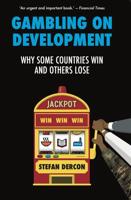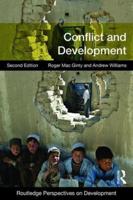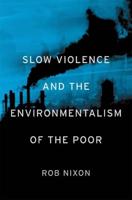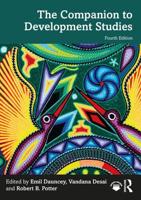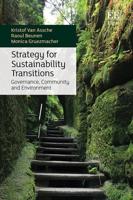Publisher's Synopsis
For the past 15 years, sustainable development has become a powerful and all-embracing slogan in the international fora. Every government is for it, as are all the major international institutions like the United Nations Agencies, World Bank, Regional Development Banks, and OECD, as well as most environmental NGOs. Many major institutions have now a programme for sustainable development. This is inspite of the fact that there is no agreement as to what is meant by sustainable development, whether it works, and if so, under what conditions, where, and what are its impacts (positive, negative or neutral) on human lives and other appropriate development indicators. The book analyses the concept of sustainable development, its meaning, how is this paradigm being defined by various institutions, whether there is any possibility that these numerous definitions of sustainable development could be aggregated to form one understandable and usable definition, to what extent sustainable deve lo pment paradigm has been used in the real world (in both developed and developing countries), can sustainable development be measured, and if so which parameters can be used, and the reasons as to why there are so few documented cases of successful of application of the sustainable development paradigm, in spite of strong global rhetoric promoting and championing this paradigm.


